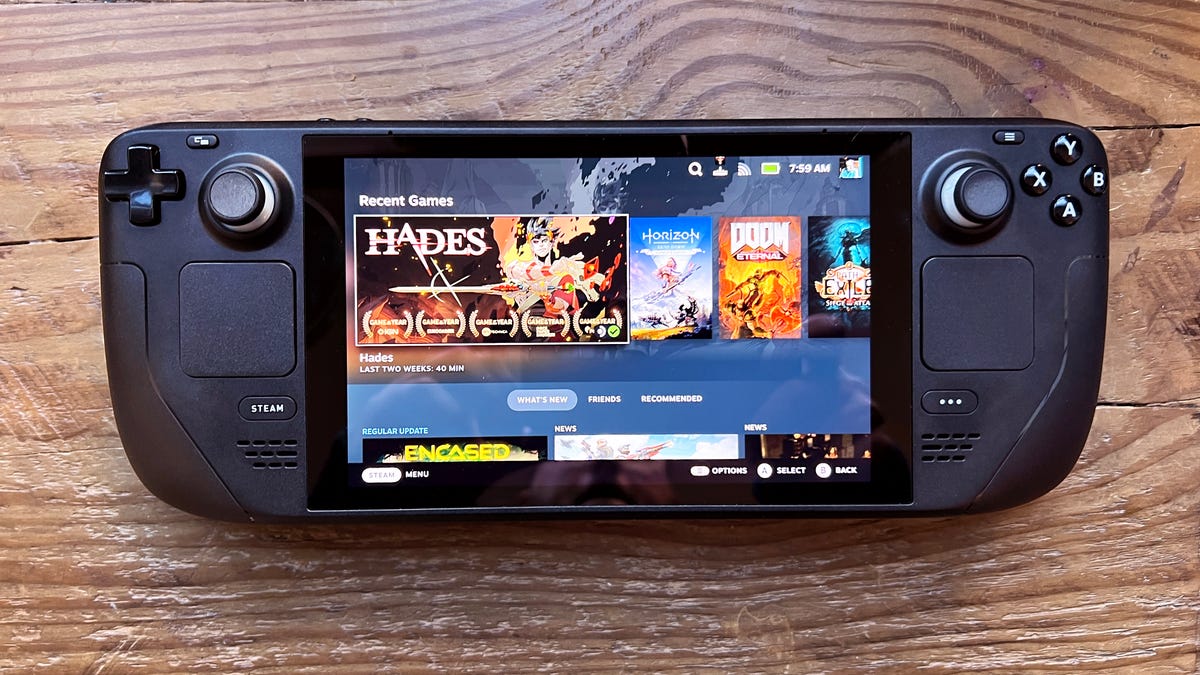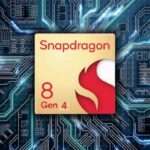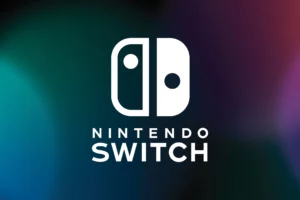The Nintendo Switch 2 is coming, and while Nintendo has been tight-lipped about the exact specifications of its new custom Nvidia processor, key details have emerged that paint a promising picture for the next-generation handheld. Unlike its aging predecessor, the Switch 2 is set to deliver cutting-edge graphics enhancements, including ray tracing, AI-powered upscaling, and smoother gameplay—features that could finally bridge the gap between Nintendo’s portable gaming legacy and modern console performance.
A Leap Forward with Nvidia’s Custom Chip
Neither Nintendo nor Nvidia has disclosed the full architecture of the Switch 2’s processor, leaving enthusiasts to speculate based on available clues. However, Nvidia’s own blog post and statements from Nintendo executives confirm that the new console will feature a GPU with dedicated ray-tracing cores and Tensor Cores, enabling advanced visual effects and AI-driven enhancements.
This means the Switch 2 will support DLSS (Deep Learning Super Sampling), Nvidia’s AI-powered upscaling technology. DLSS allows games to render at lower resolutions and then intelligently upscale them to higher resolutions—such as 4K—with minimal performance loss. For a handheld device, this is a game-changer, as it means smoother frame rates and sharper visuals without requiring raw hardware power that would drain battery life.
Additionally, the Switch 2 will support G-Sync, but with a notable caveat: it only works in handheld mode. G-Sync dynamically adjusts the display’s refresh rate to match the game’s frame rate, eliminating screen tearing. The fact that it doesn’t function in docked mode suggests a limitation in the Switch dock’s HDMI output, possibly due to bandwidth constraints.

Why the Current Switch Falls Short
The original Nintendo Switch, released in 2017, was built on Nvidia’s Tegra X1 chip, a mobile processor that was already dated at launch. While developers have squeezed impressive performance out of it—games like The Legend of Zelda: Tears of the Kingdom even implemented AMD’s FidelityFX Super Resolution (FSR) for better upscaling—the hardware is simply too old to keep up with modern gaming demands.
Without dedicated ray-tracing or AI acceleration, the original Switch struggles with complex lighting, high-resolution textures, and stable frame rates. The Switch 2’s inclusion of DLSS and ray-tracing cores means it won’t just be a modest upgrade—it could be a true generational leap.
The Likely Candidate: Nvidia’s T239 Chip
While Nintendo hasn’t confirmed the exact chip inside the Switch 2, strong evidence points to a custom version of Nvidia’s T239, a scaled-down variant of the Orin T234 used in automotive and robotics applications. Unlike the Tegra X1, which was based on Nvidia’s older Maxwell architecture, the T239 is expected to use Ampere, the same GPU architecture found in the RTX 30-series graphics cards.
Ampere brings several advantages:
- Hardware-accelerated ray tracing for realistic lighting and reflections.
- DLSS upscaling for better performance at higher resolutions.
- Improved power efficiency, crucial for a portable device.
However, Ampere does not support DLSS Frame Generation, a feature exclusive to Nvidia’s newer RTX 40 and 50-series GPUs. Frame Generation uses AI to insert entirely new frames between rendered ones, drastically improving perceived smoothness. While its absence might disappoint some, the Switch 2’s core DLSS support should still provide a major boost over traditional upscaling methods.
What This Means for Switch 2 Games
With DLSS and ray tracing, the Switch 2 could deliver visuals that rival current-gen consoles—at least in certain scenarios. Games running at 1080p/120 FPS or 4K/60 FPS in docked mode will likely rely heavily on DLSS to hit those targets. Meanwhile, handheld mode could see 720p-1080p resolutions with improved battery efficiency thanks to AI upscaling.
Ray tracing, while demanding, could enable more realistic shadows, reflections, and global illumination in first-party Nintendo titles. Imagine The Legend of Zelda with dynamic lighting that reacts realistically to fire, water, and weather—or Metroid Prime 4 with immersive metallic surfaces and atmospheric effects.
The Big Unknowns: RAM, CPU, and Storage
One major question mark is memory. The original Switch had just 4GB of RAM, severely limiting texture quality and multitasking. The Switch 2 will almost certainly need 8GB or more, possibly with faster LPDDR5 or LPDDR5X modules to support high-resolution textures and ray tracing.
The CPU architecture is another mystery. Will Nintendo stick with Arm’s Cortex-A78 (found in the Orin T234) or opt for something newer? A more powerful CPU would help with physics, AI, and open-world game logic.
Finally, storage speed will be crucial. The Switch 2 will likely use UFS 3.1 or even NVMe flash storage, drastically reducing load times compared to the original Switch’s slow eMMC storage.
A New Era for Nintendo?
The Nintendo Switch 2 isn’t just an iterative upgrade—it’s shaping up to be a true next-gen handheld with features that could finally bring Nintendo into the modern gaming landscape. With DLSS, ray tracing, and G-Sync, it has the potential to deliver visuals and performance that were previously impossible on a portable device.
While we still don’t know everything about its hardware, one thing is clear: the Switch 2 could be the most powerful Nintendo handheld ever made—and a must-have for gamers who want cutting-edge tech in a portable package.
Now, the only question left is: When will Nintendo finally reveal the full specs? Until then, the rumors and speculation will continue to swirl.
















Add Comment